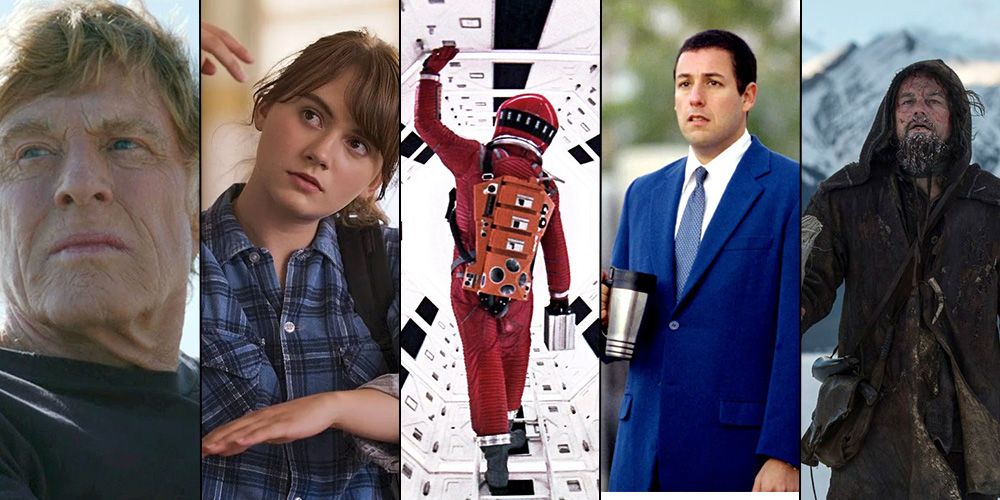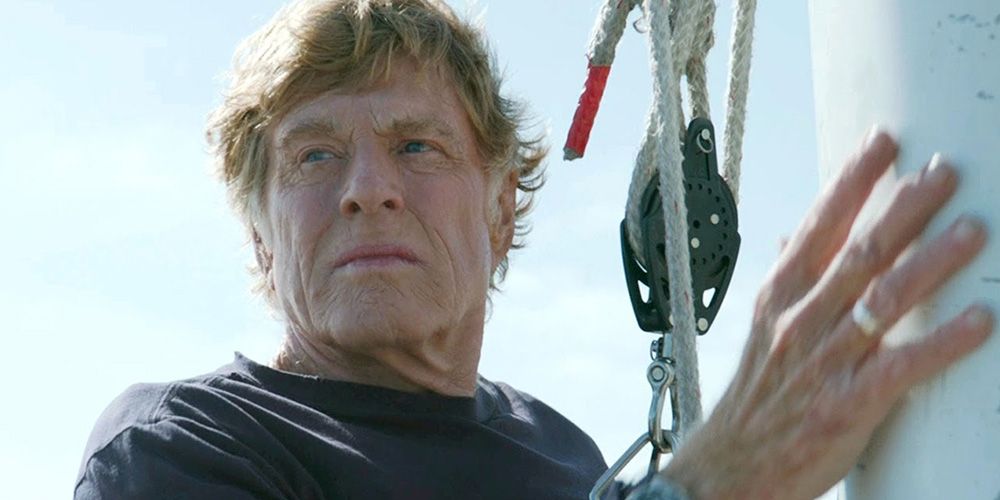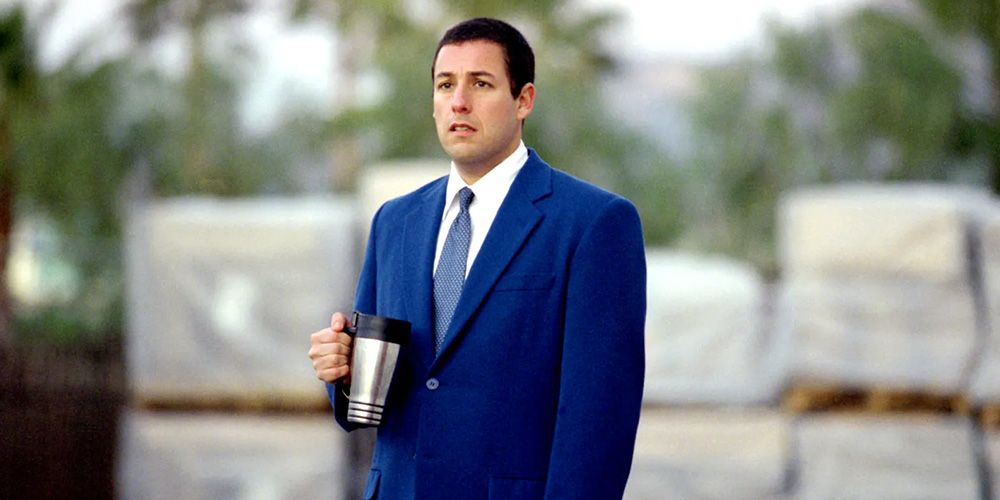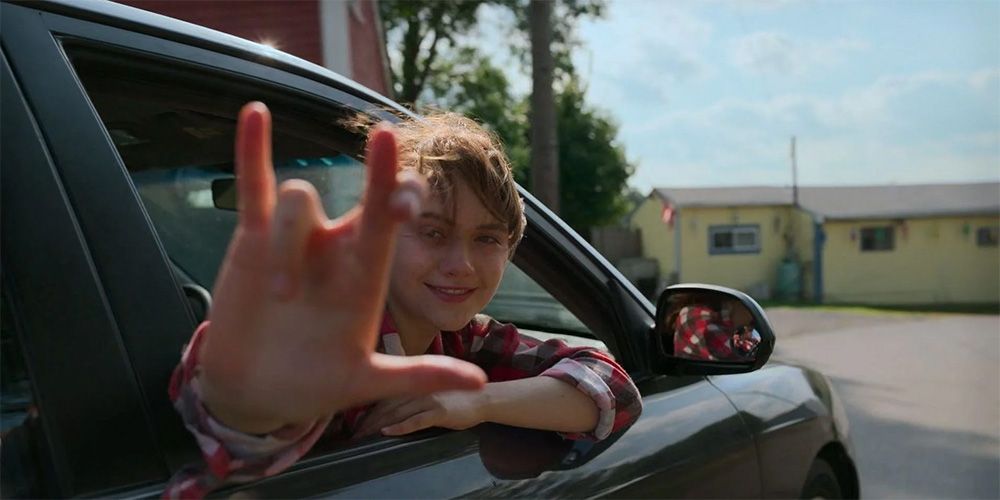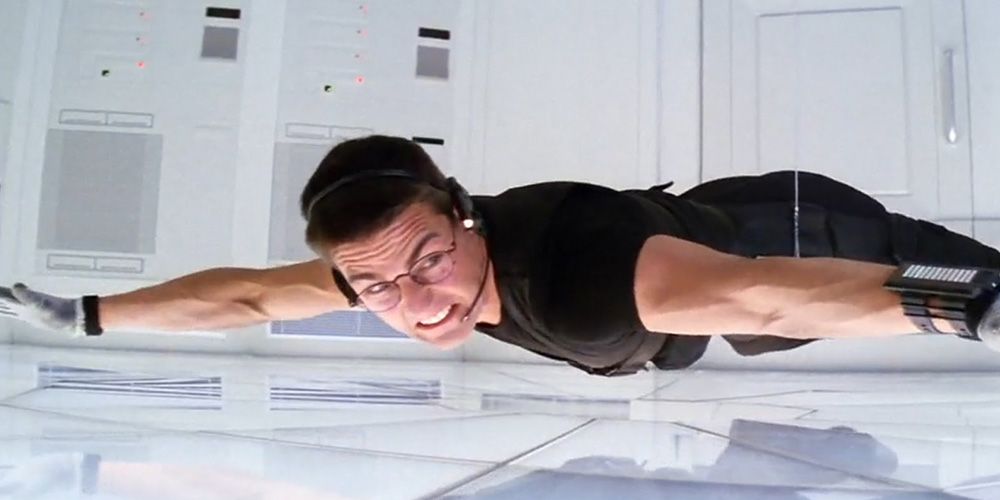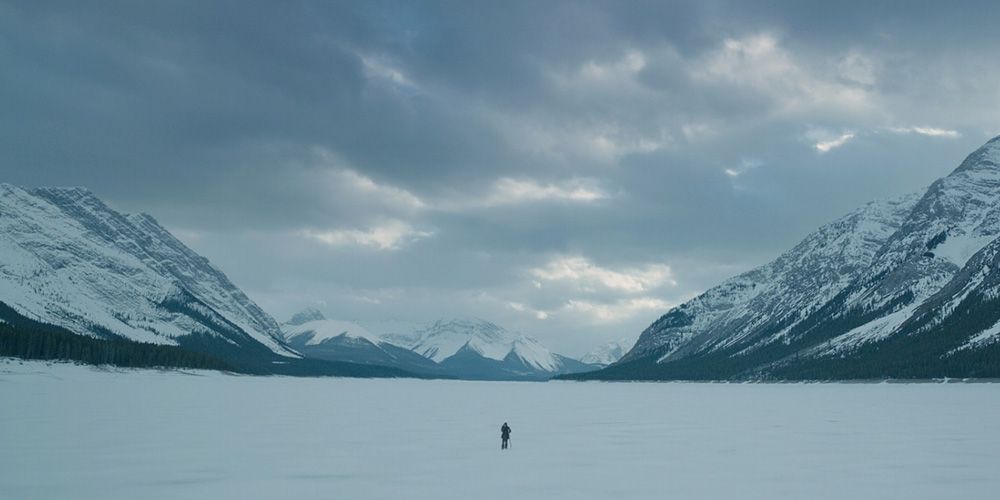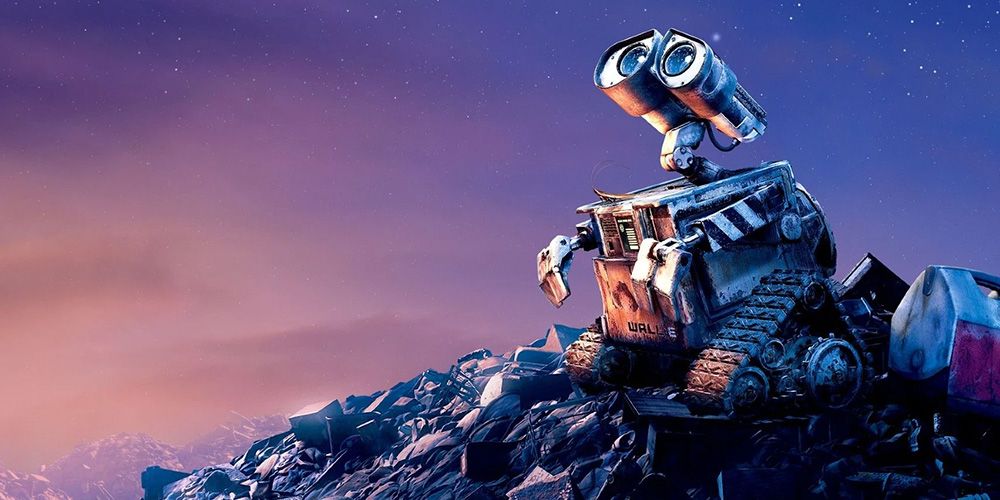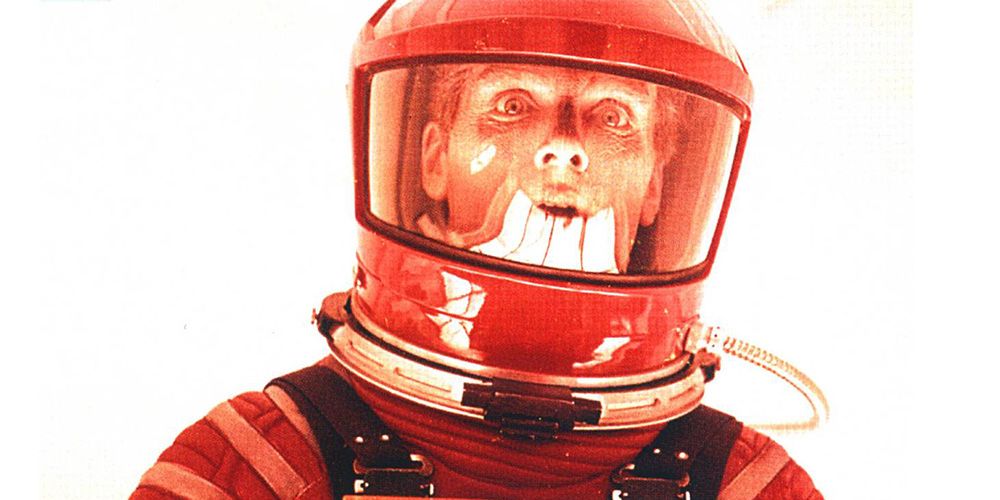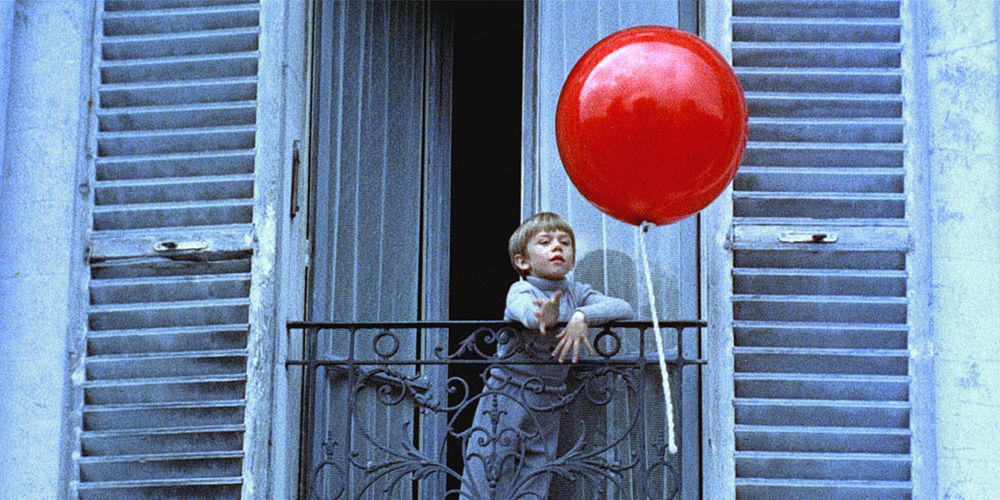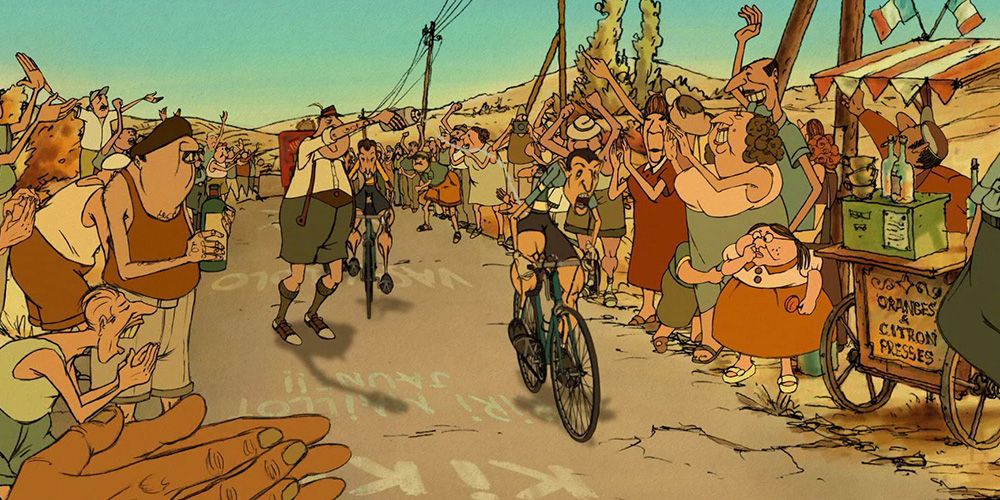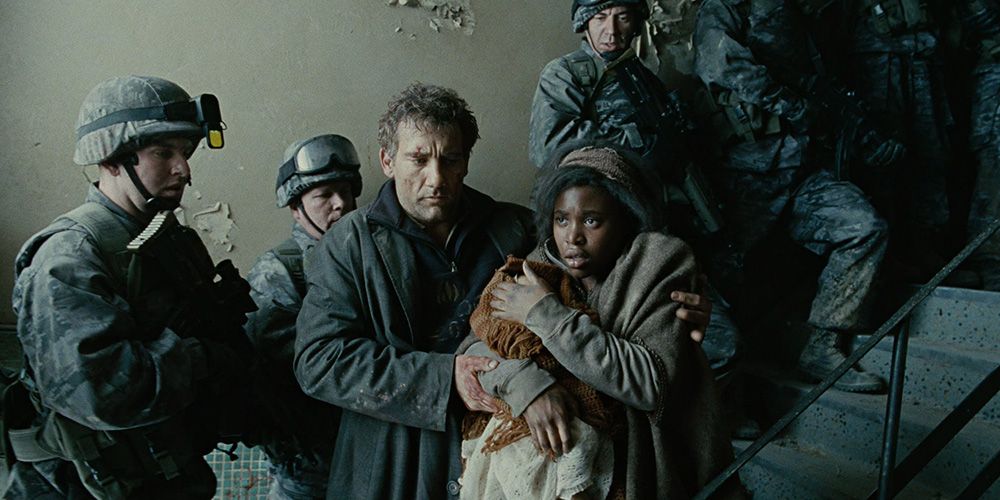Great dialogue is often thought of as the centerpiece of modern films. But with a minimalist 25 spoken lines, A Quiet Place has made clear that amazing movies are still being created that don’t rely on dialogue to tell their story. Some use the score to help communicate, some use sign language, and some simply let the words be read in the faces or actions of the actors on screen.
Whether it's an entire film or a poignant and pivotal moment in the plot, there is some fantastic filmmaking that proves that there is real power in the unspoken word.
All Is Lost (2013)
All Is Lost is the perfect movie to demonstrate that no dialogue is necessary to tell a great story. It is enthralling enough watching Our Man (Robert Redford) alone and lost at sea, desperate to be rescued. The only spoken words in the entire film come in the form of a touching moment of voice-over work, as Our Man reads a letter to people he will miss if he doesn't make it back.
His silence allows the audience to focus on his heroic efforts to return to safety while also acting as a persistent reminder of the terrible loneliness of the fate that threatens him.
Punch Drunk Love (2002)
The opening scene of Punch Drunk Love is a great example of why PT Anderson has been hailed as a visionary director. In the first scene of the film, Barry Egan (Adam Sandler) helplessly looks on as a dramatic car crash and the perfunctory abandonment of a harmonium plays out before him.
It’s a brilliant setup for the story to come, dunking the audience straight into the awkward life of Egan. His silence is typical of his helplessness, and the violent interruption of the car crash portends the anger and disruption in his life that is to come.
CODA (2021)
While Oscar-winning CODA is not short on spoken dialogue, it does more to honor unspoken communication than any other recent film by placing a deaf family at its heart. The deaf community is deeply underrepresented in the speech-obsessed film industry, and CODA is a welcome game-changer.
The power and efficacy of CODA's fantastic non-verbal performances prove that a silent world can still enjoy a profound connection through both sign language and body language.
Mission Impossible (1996)
When Mission Impossible's spy extraordinaire Ethan Hunt (Tom Cruise) has to break into a CIA safe room that has heat, sound, and pressure sensors, movie magic proved that the creaking sound of ropes is the only noise you need to produce one of the most iconic scenes ever.
Not only was the vault scene almost completely without any dialogue, but it was also entirely without music. The filmmakers used the oppressive silence to ramp up the tension, a big reason why the scene has been so well remembered in spoofs and other heist movies.
The Revenant (2015)
When Hugo Glass (Leonardo DiCaprio) has been left for dead after a bear attack in Alejandro G. Iñárritu’s The Revenant, little dialogue and much desperation drive the plot forward. Instead of other actors, Iñárritu’s camera becomes DiCaprio's silent companion documenting his harrowing journey.
The lack of dialogue in Glass's solitude compounds the remoteness and wildness of his predicament, almost creating a character of the unspeaking landscape. It underscores just how dangerous and lonely the frontier was, and how valuable a resource other humans are.
Wall-E (2008)
In a movie made primarily with children in mind, it’s a marvel that Wall-E can pull it off with little dialogue. Wall-E, a low-tech robot with limited vocabulary, offers a full spectrum of emotions expressed through the little guy’s few words and his adorable mechanical eyes.
When the audience is finally subjected to the useless chatter of humans forty minutes in, it’s easy to appreciate the sweet effectiveness of Wall-E’s few phrases. In addition to Wall-E’s relative silence, the expressive beeps and bops of the supporting cast of robots help make Wall-E one of Pixar’s most well-loved stories.
2001: A Space Odyssey (1967)
There is no question that Stanley Kubrick’s epic 2001: A Space Odyssey stands apart in its paradigm-shifting use of sound. The now-famous classical score fills in until the first spoken lines are delivered a full 25 minutes into the film, with an almost equally-long dialogue-free portion at the end.
Not only does the quietness of the film draw out the feeling of isolation in space, but there is incredible power when the only sounds are the menacing monotones of the computer HAL paired with the breathing of the sole surviving astronaut, Dave, fighting to turn off the mad machine.
The Red Balloon (1956)
The Red Balloon is an award-winning short film by French director and writer Albert Lamorisse about a young boy and his loyal balloon. There are a few spoken lines, but most of the story is told like a child's quiet memory, accompanied only by sound effects and score.
Far from being just a children’s tale, the film contrasts the hope of post-war Europe against its drab atmosphere. The adventure of the bright red balloon bobbing through the gray streets of Paris is an untainted symbol of hope. The Red Balloon is cinematic storytelling at its purest.
The Triplets of Belleville (2003)
The animated film The Triplets of Belleville is an evocative example of music and sound effects taking the place dialogue would normally fill. The audience is given a wonderful score of French folk music, plus charming background noises such as the crowd of a small town, the mechanical racket of an elevated train, and even old ladies' shoes on wooden floorboards.
The lack of dialogue allows the wonderful animation to occupy the attention. The oversized eyes behind glasses, absurdly large leg muscles of a biker, and the provincial shape of the bodies of the townsfolk tell the charming tale.
Children of Men (2006)
The cry of a baby is hardly ever welcome, but in director Alfonso Cuarón’s adaptation of Children of Men, it is the only sound worth hearing. As Theo (Clive Owen) and Kee (Clare-Hope Ashitey) make their way through a war-torn city holding the first baby born in 18 years, only the power of the crying baby they bear silences the guns.
There are no words that could more profoundly express the joy and hope of a longed-for baby. The onlookers, civilians and soldiers alike, recognize that the moment requires silent reverence, giving the scene a power-punch of emotion.

